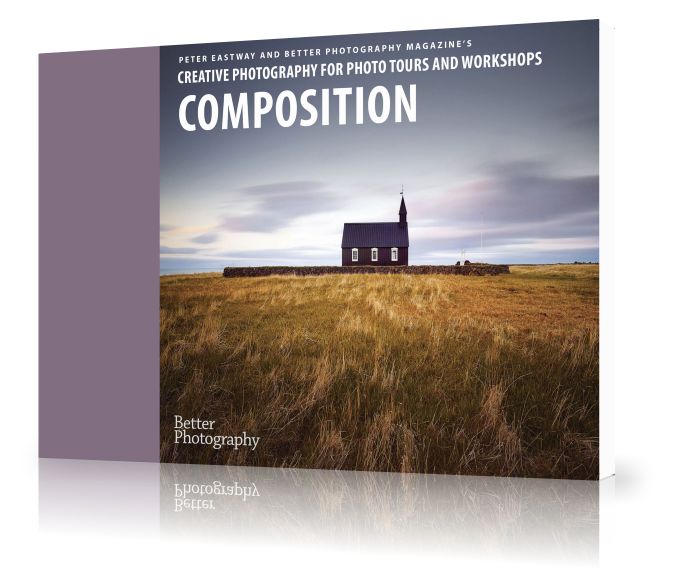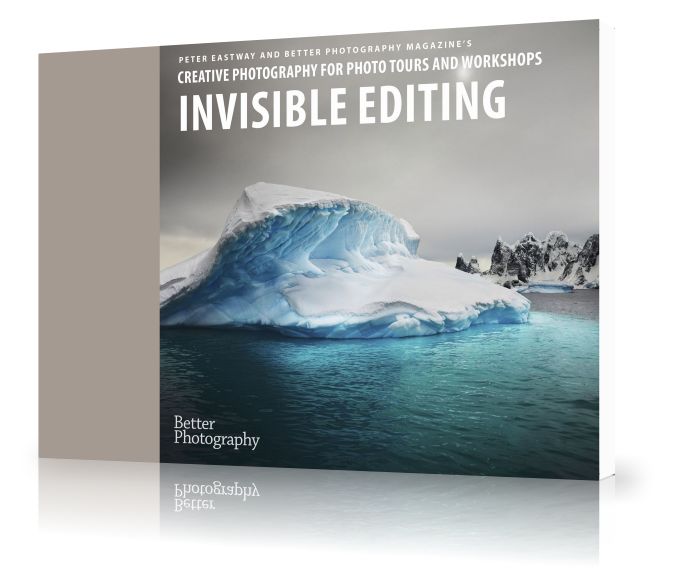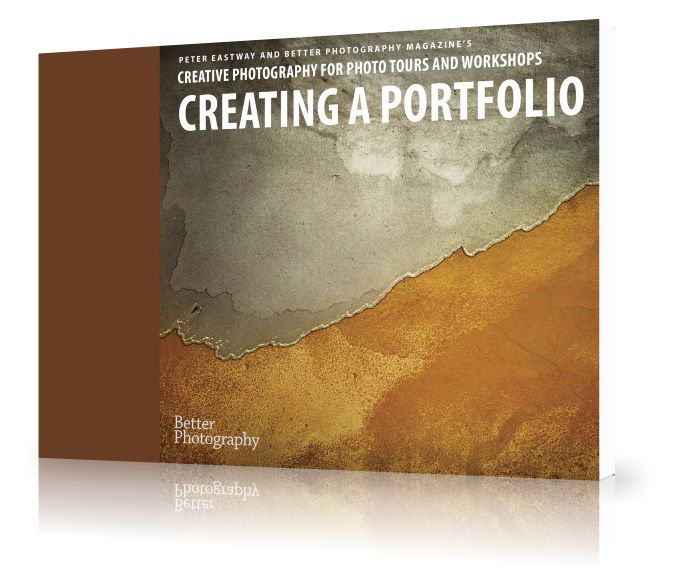Aerial Photography Primer
Everything you need to know to get started with aerial photography from a plane or a helicopter. AUS $19.90
The link will take you to our sister site, www.betterphotographyeducation.
|
|
Better Photography MagazinePhotography and post-production tips, photo tours, workshops, inspiration and advice.Better Photography Magazine will improve your photography techniques. You'll learn how to take better photos, improve your photo editing skills, be inspired by award winning photographers and, most importantly, be exposed to great ideas you'd never think to ask Google! You can subscribe to the magazine in print or download it as a PDF, and you can receive the Almost Weekly Photo newsletter or browse hundreds of articles in one of our three photo blogs. We have photography courses on landscape photography, Lightroom editing and how to win photo competitions. And why not learn from the best while you travel on one of our photo tours. |



Signup to our newsletter and you'll get free access to three photography courses on composition techniques, invisible editing and creating a portfolio. Enter in your name and email below and you'll be taken to the download page!
In addition to our magazine, try one of these in-detail guides to improve your aerial, travel and polar photography.
Resident iman, Yadz, IranFujifilm X-T3, XF8-16mmF2.8 R LM WR, f4.5 @ 1/1900 second, ISO 160 So, you’ve accepted you’re a chicken when it comes to taking people photos. You’re good at some things, but walking up to people and asking to take their photo is not one of them – what’s the solution? As travel photographers, including a local personality within the frame helps set the scene and tell the story. People are important compositional elements for a travel portfolio, so somehow we need to...
I'm currently working on a little project with Tony Hewitt. I won't say anything more just at the moment, except that it will be an exhibition. And although we haven't finalised what we're going to exhibit, I have an idea that I want to try. This has become my current project. In the photo here, you can see the ideas on my pin board down at the studio. It's only a 1000 pixel file, so you're not going to see much except they are aerials. What I like about the project is the enthusiasm it...
Cotton worker on the road to Bukhara, UzbekistanFujifilm X-H2, Fujinon XF150-600mm f5.6-8 R LM OIS WR, f8 @ 1/170 second, ISO 125 Wildlife photographers all have a long telephoto lens in their camera bag to capture distant subjects, so why not take the same approach with people? This is a useful technique for travel photographers if you’re not great at walking up to people and asking permission. By using a 600mm lens, you can avoid all contact if you wish and you’re certainly distant enough to run...